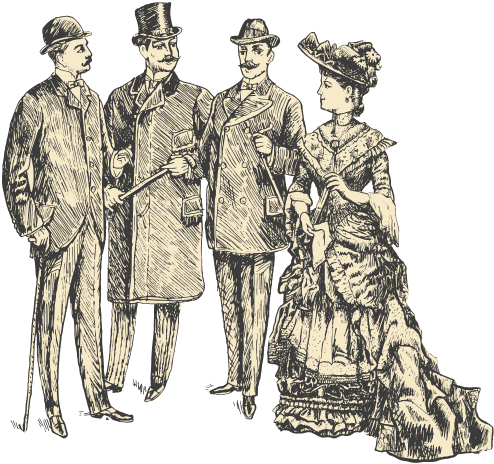Lessons from LeBron James, the Beatles, NASA, and Martin Scorsese
So far this season, LeBron James ranks among the NBA’s top 10 players in points per game, but he also leads the league in assists per game. Individual achievement doesn’t have to run counter to the success of others—you can score and pass. One person can’t do it all on their own, not even LeBron.
That’s true not just of a sports team, but for any organization, company, or business. If LeBron didn’t get along with his teammates off the court, he wouldn’t be as effective with them on the court. Macro success is only possible if members all get along and cooperate.
You don’t want the situation described by country singer Tex Morton. “He holds the lantern while his mother chops the wood / He holds the lantern and he surely does it good,” Morton sang in his country classic. “She hacks and hacks away until her back is sprained / While her son holds the lantern so her eyes will not get strained.”
Here are three tips for how to improve cooperation in the workplace, getting everybody to metaphorically chop the wood.
Respect everybody
No matter how low down on the totem pole, everyone has something to contribute.
Nike CEO Phil Knight was initially dismissive of young graphic design student Carolyn Davidson when she presented the unconventional “Swoosh” logo for the company’s consideration.
“Well, I don’t love it,” Knight assessed, “but maybe it will grow on me.”
The icon eventually became an instantly recognizable emblem of the $16 billion brand and stands among the world’s most famous logos.
When those at the top don’t fully consider the ideas of those at the bottom, though, disaster can strike. Five rocket engineers for a NASA contractor predicted that the Challenger shuttle would explode upon its 1986 launch, following frigid temperatures the night before. They urged senior NASA officials to halt or delay the launch, but to no avail.
Be on the same page
When team members aren’t on similar wavelengths, miscommunications can prove detrimental—or worse. Such miscommunication can be as simple as a punctuation mark.
Drivers for a Maine dairy company believed they were subject to overtime pay for certain activities, but the company thought they were exempt. The differing interpretations hinged entirely on whether there was a comma in the phrase “packing for shipment or distribution of” foods. The drivers sued. Last year, the company settled for $5 million.
Returning to NASA again, the agency lost a $125 million Mars craft because the probe’s design team used feet and inches, while the navigation team used the metric system. An easily preventable error was caused because otherwise brilliant people didn’t effectively communicate across departments.
Resolve conflicts with compromise
Disagreements or disputes are sometimes inevitable. It’s not always going to be sunshine, not even in Los Angeles anymore. How to prevent hostility from developing among colleagues, and possibly even transform the squabble into something positive?
In 1966, each of the Beatles contributed vastly differing suggestions for titling their new album. John Lennon, heavily into LSD, wanted the trippy Four Sides of the Eternal Triangle. Ringo Starr, the quirkiest, advocated a parody on recent Rolling Stones album Aftermath with After Geography. Paul McCartney brokered an agreeable compromise with Revolver, now ranked as one of the greatest albums of all time. No wonder Paul was the primary songwriter of “We Can Work It Out.”
When Martin Scorsese directed Taxi Driver, the film’s original cut was rated X, unsuitable for mainstream theatrical release. The MPAA at the time declared that crimson red blood would be rated X, but de-saturated orange blood would be rated R. Although Scorsese initially protested, fighting for his artistic vision, he eventually acquiesced. And he later admitted that the color change was actually better: “It gave more of a tabloid feel.”
All hands on deck
Ultimately, any collaboration between two or more people may produce occasional friction. But to minimize those conflicts, both in frequency and in severity, trust is key.
To bring it back to basketball, cooperation can produce amazing results. As rookie teammate Stacey King quipped after Michael Jordan scored 69 points in a single game: “I’ll always remember this as the night that Michael Jordan and I combined for 70 points.”
